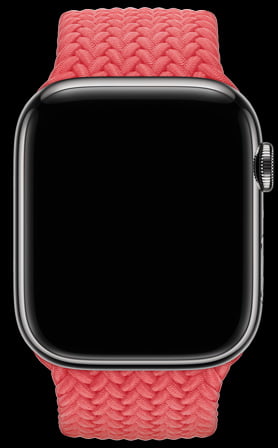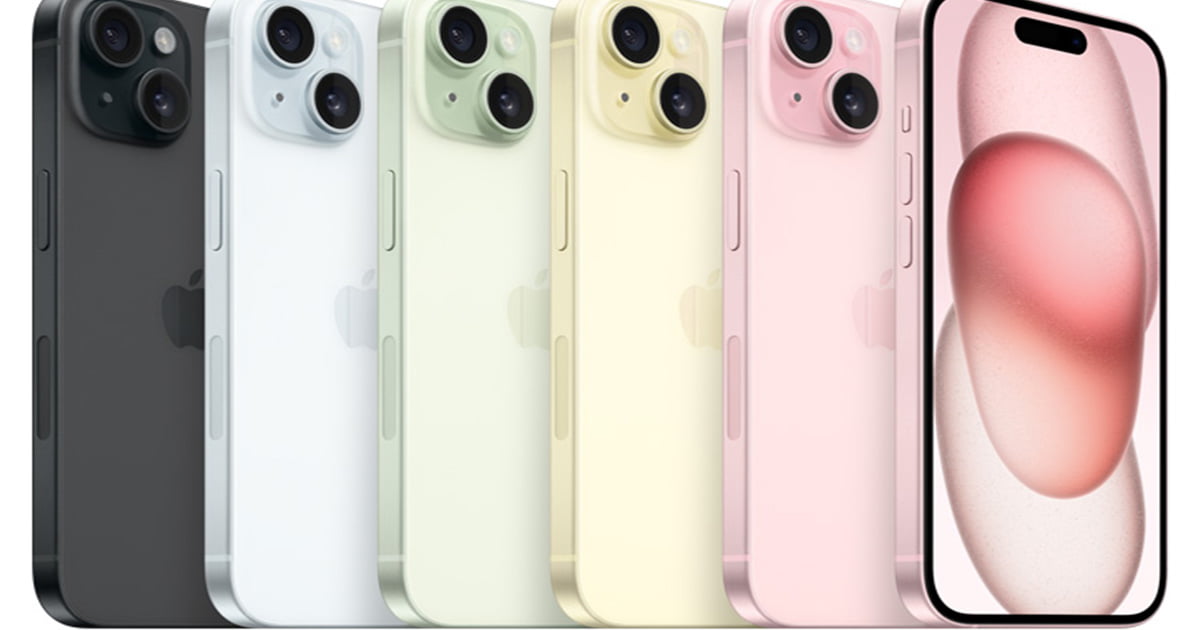Introduction
A trailblazing move by Apple with iPhone 15. In a world where technological advancements seem to be racing against time itself, Apple has always been at the forefront of innovation. The tech giant has been setting trends, often before the world even realizes it needs them. However, in a surprising move, Apple is making headlines by ditching the iconic Lightning charger with its upcoming iPhone 15. This move is not only significant for Apple enthusiasts but also for the broader tech industry. In this article, we’ll delve into the reasons behind Apple’s decision and what it means for the future of mobile devices.
The Legacy of the Lightning Charger
The Birth of the Lightning Connector
The Lightning connector was introduced by Apple in 2012, replacing the 30-pin dock connector. It was smaller, more versatile, and reversible, making it a significant upgrade.
Consistency Across Apple Devices
One of the key advantages of the Lightning charger was its compatibility across various Apple devices, from iPhones and iPads to iPods and accessories.
Staying Power
The Lightning charger has stood the test of time, surviving through multiple iPhone iterations. Its resilience was a testament to its engineering.
The Shift to USB-C
The Need for Universal Compatibility
Apple’s decision to switch to the USB-C standard stems from the industry’s increasing demand for universal compatibility. USB-C ports are now standard on most laptops, Android phones, and other devices.

Environmental Considerations
The move to USB-C aligns with Apple’s sustainability goals. By adopting a universal standard, it reduces the need for multiple cables and chargers, ultimately reducing electronic waste.
Faster Charging
USB-C offers faster charging capabilities compared to the Lightning charger, meeting the demands of modern consumers who seek quick and efficient power solutions.
User Reactions
Mixed Feelings Among Apple Enthusiasts
The news of Apple’s transition from Lightning to USB-C has sparked mixed reactions among the loyal Apple fanbase. While some embrace the change, others are nostalgic about the familiar Lightning connector.
Adapting to Change
As with any significant shift in technology, there will be an adjustment period. Users may need to invest in new cables and accessories, which can be seen as an inconvenience.
The Promise of Future Innovations
Apple is known for introducing features that surprise and delight consumers. This transition opens up possibilities for new and exciting innovations in charging technology.
Conclusion
Apple’s decision to abandon the Lightning charger in favor of USB-C represents a significant step towards universal compatibility and sustainability. While it may take time for users to adapt to this change, it is a testament to Apple’s commitment to staying ahead in the ever-evolving tech landscape.
FAQs
- Why is Apple ditching the Lightning charger?Apple is making this move to align with industry standards for universal compatibility and to reduce electronic waste.
- Will my existing accessories work with the new USB-C charger?Most likely not. Users may need to invest in new cables and accessories compatible with USB-C.
- When can we expect the iPhone 15 to be released? Apple’s release dates can vary, but it is typically in September of each year.
- Are there any other benefits to using USB-C apart from faster charging?Yes, USB-C is more versatile and can handle various data transfer tasks in addition to charging.
- Will Apple introduce any new features along with the USB-C transition? While not confirmed, Apple is known for innovation, and this transition may pave the way for new and exciting features in future devices.




